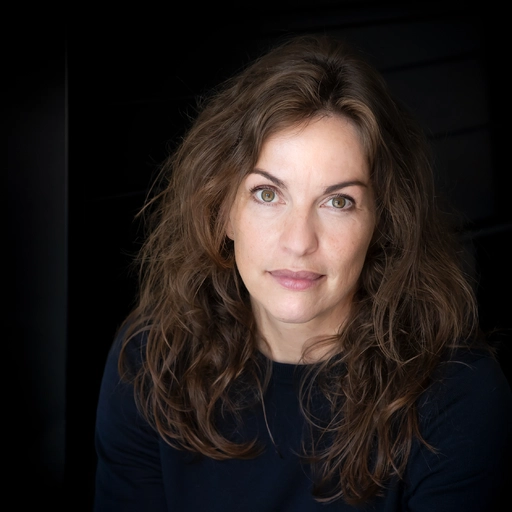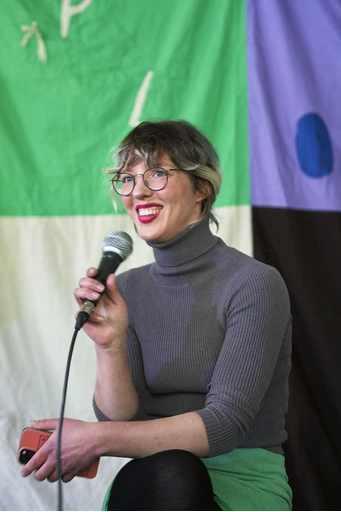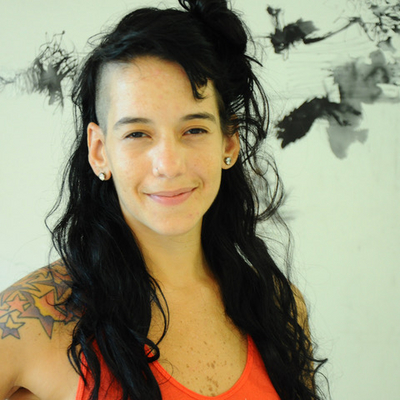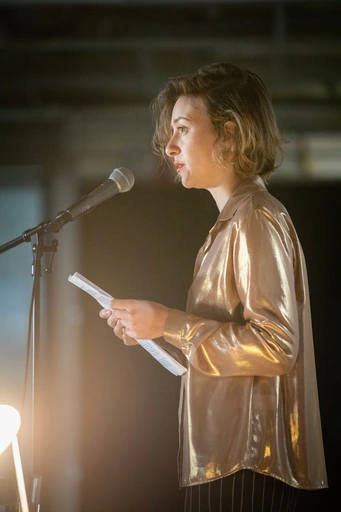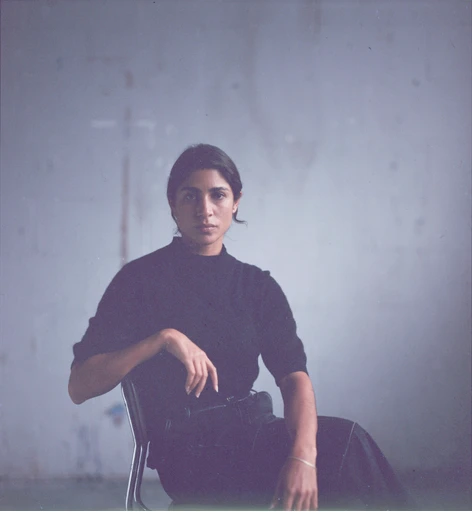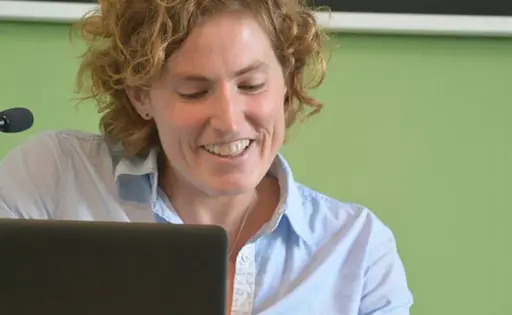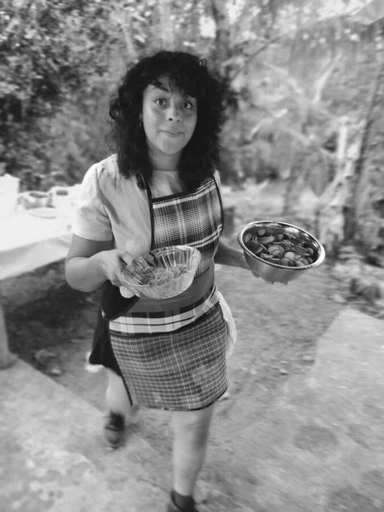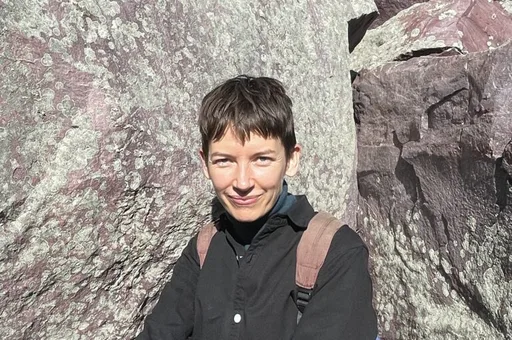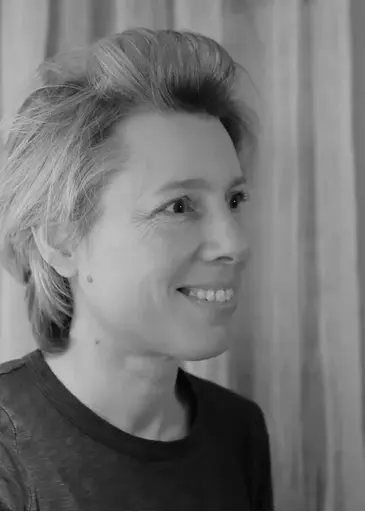output – publication
The research group Art & Spatial Praxis launched the digital artistic research platform Plot(ting) on April 17th 2024. Plot(ting) emerges as a publishing platform showcasing art, research, and spatial practices. Currently it harbors contributions by Flavia Pinheiro, Giulia Damiani, Francisca Khamis & Maia Gattás Vargas, Neeltje ten Westenend & Hanneke Stuit, Mariana Balvanera, Patricia de Vries, Amelia Groom, and Liza Prins. Here you can read in brief about the different contributions. Read more on the plotting website: plotting.rietveldsandberg.nl
Plot(ting): Practices of Ambiguity — Patricia de Vries
How do artists transform capitalist structures like cities, urban developments, institutions, and infrastructures? How do they redefine and reclaim spaces while resisting co-optation by the systems they critique? Drawing on Sylvia Wynter's concept of "the plot," historically provision grounds for enslaved Africans, this article explores how these plots offered autonomy and resistance amidst plantation violence. "Plot(ting)" uses Wynter’s insights to model artistic, social and activist practices that challenge institutional and capitalist norms, fostering new forms of understanding, existence, and social relations. By showcasing scholarly and artistic initiatives that resonate with Wynter’s concept, it highlights the power of decolonial and counter-hegemonic practices in transforming urban spaces.
Read more on plotting.rietveldsandberg.nl
Read more on plotting.rietveldsandberg.nl
lector/professor
Patricia de Vries is a research professor of Art & Spatial Praxis at the Gerrit Rietveld Academie. Art & Spatial Praxis is a research group focusing on art, activist, and academic practices that intervene in capitalist enclosures such as cities, urban developments, institutes, and infrastructures. Her ongoing research project, Plot(ting), is an expanding open archive and a research platform for publication.
Mimosa – Flavia Pinheiro
Flavia Pinheiro’s work bridges "in vitro" and "in vivo" experiences—contrasting the sequestered confines of studio spaces with the dynamic, communal tapestry of public life. "In vitro," meaning "within the glass" in Latin, symbolises the isolated nature of art spaces, often detached from societal realities. To counter this, Pinheiro collaborates with a diverse mix of human and non-human partners, fostering multidisciplinary dialogue and inviting a spectrum of entities into her creative process. Her "in vivo" explorations, rooted in the Latin "within the living," embrace the essence of living interactions and communal narratives. Pinheiro immerses herself in public spaces like beaches, markets, forests, and streets, adopting an adaptable approach that harmonises with each environment and welcomes unforeseen participation from diverse individuals.
Read more on plotting.rietveldsandberg.nl
Read more on plotting.rietveldsandberg.nl
Flavia Pinheiro is a choreographer, performer and a researcher from Brazil currently based in Amsterdam. Her research foregrounds networks of resilience and resistance to systems of knowledge by fabulative speculations around Science and Technologies. Her artistic practice in an ongoing attempt to create breathing and vital conditions; in an unstoppable dance she creates improbable exchanges with the nonhumans such as bacterias, plants, birds, antelopes and ghosts.
For a Possibility of Care, Not Ownership – Mariana Balvanera
Mariana Martínez Balvanera’s contribution examines the transdisciplinary practice of Cocina Colaboratorio, a collective of cooks, artists, farmers, and scholars challenging notions of individual property in food and knowledge production. Inspired by the indigenous concept of comunidad, Balvanera's work incorporates practices of commoning, shared land responsibility, and protecting (agro)biodiversity. A key aspect is tequio, a traditional method of organising collective work for community benefit, fostering solidarity and cooperation against individualism. Balvanera highlights how tequio thrives in the regulated, privatised, and financialised urban contexts of Oaxaca, San Cristobal de las Casas, and Mexico City, advocating for unity and mutual aid in increasingly commodified environments.
Read more on plotting.rietveldsandberg.nl
Read more on plotting.rietveldsandberg.nl
Mariana Martínez Balvanera (1988) is a designer and artist based in The Netherlands and Mexico, working in the realm of community lead urban and rural placemaking projects within the critical spatial practice approach: in the intersection between architecture, participatory art and social design.
Heartbrake – Giulia Damiani
Giulia Damiani - Resting yet feeling unrest, we often find worry as a constant companion, a shadow whispering doubts and fears. Giulia Damiani invites readers to slow down, breathe, and confront these sensations. Imagine a landscape of rocks shaped by geological forces and human hands, symbolising the layers of our own experiences. By exploring the historical practice of stone cutting in Italy's Apennine Mountains, Damiani draws parallels to the resilience and transformation within us. Just as stone splitters read fault lines and work with tension, we, too, can find strength in our fractures. This narrative intertwines with the story of Wilgefortis, a folk saint embodying resistance and protection for those defying oppressive norms. Through their lens, Damiani explores how embracing our vulnerabilities can lead to profound solidarity and revolutionary imagination.
Read more on plotting.rietveldsandberg.nl
Read more on plotting.rietveldsandberg.nl
Dr Giulia Damiani is an artist, writer, researcher and curator based in Amsterdam working with performance. In 2022 she contributed performance work at institutions such as the HKW Berlin and Centrale Fies in Italy. An article on her latest performance is due to be published in the University of Manchester volume Gestures: A Body of Work.
“Raised on Foundations of Slime” – Amelia Groom
Amelia Groom takes Lytle Shaw’s New Grounds for Dutch Landscape as a starting point, which presents seventeenth-century painter Jan van Goyen as captivated by mud during intense land reclamation in the Netherlands. This process, involving dykes, windmills, and relentless pumping, aimed to transform soggy swamps into arable land—a never-ending battle against nature's persistence. Van Goyen's paintings, marked by their “wet on wet” technique, symbolised this struggle, drawing legible forms from the primordial ooze, much like the Dutch land itself.
Groom explores van Goyen's work as an analogy for the ongoing tension between land reclamation and the swamp's natural reclamation. The piece connects these historical efforts to contemporary reflections on how muddy, chaotic environments challenge rigid structures and boundaries, embodying resilience and subversion. Through the lens of art, literature, theory and history, Groom contemplates the delicate balance between human intervention and nature’s inexorable memory.
Read more on plotting.rietveldsandberg.nl
Groom explores van Goyen's work as an analogy for the ongoing tension between land reclamation and the swamp's natural reclamation. The piece connects these historical efforts to contemporary reflections on how muddy, chaotic environments challenge rigid structures and boundaries, embodying resilience and subversion. Through the lens of art, literature, theory and history, Groom contemplates the delicate balance between human intervention and nature’s inexorable memory.
Read more on plotting.rietveldsandberg.nl
Amelia Groom is a writer whose work has often been concerned with time: its undercurrents, its blockages and trickling detours, and the possibilities for its re-routing.
Plot, Tree and Lane – Hanneke Stuit & Neeltje ten Westenend
A row of trees along a country lane shrouded in fog—does it move quickly or remain still? This visual metaphor introduces our exploration of the Colonies of Benevolence in Drenthe, Netherlands, established between 1818 and 1825 to alleviate urban poverty through agricultural labour. These colonies, initiated by Johannes van den Bosch, aimed to reform and uplift the poor while transforming the landscape through intensive land reclamation. However, this process disrupted local communities and imposed a system reminiscent of plantation labour.
This article delves into the parallels between the Colonies of Benevolence and historical plantation systems, examining their shared foundations in economic exploitation and social control. Through the artistic research project Growing Archive of (Re)Construction by Neeltje ten Westenend, Hannke Stuit investigates how these historical narratives are framed and challenges their portrayal. Stuit seeks to uncover alternative histories and foster a deeper understanding of the land, labour, and cultural resilience by rethinking the colonies as plots of resistance within an imperial system.
Read more on plotting.rietveldsandberg.nl
This article delves into the parallels between the Colonies of Benevolence and historical plantation systems, examining their shared foundations in economic exploitation and social control. Through the artistic research project Growing Archive of (Re)Construction by Neeltje ten Westenend, Hannke Stuit investigates how these historical narratives are framed and challenges their portrayal. Stuit seeks to uncover alternative histories and foster a deeper understanding of the land, labour, and cultural resilience by rethinking the colonies as plots of resistance within an imperial system.
Read more on plotting.rietveldsandberg.nl
Hanneke Stuit is associate professor of literary and cultural analysis at University of Amsterdam, and affiliated to Amsterdam School of Cultural Analysis (ASCA). She works on cultural imaginations of the prison and on the intersections between carcerality and the rural in South Africa and the Netherlands.
Neeltje ten Westenend is a Dutch artist, researcher, filmmaker and lecturer. She studied at Design Academy Eindhoven (Man & Public Space, 2003, with honors) and obtained an MA from Sandberg Instituut, Amsterdam (Studio for Immediate Spaces, 2017).
Cartas de Agua – Francisca Khamis Giacoman & Maia Gattás Vargas
In 2019, Maia Gattás Vargas and Francisca Khamis Giacoman met in the West Bank, where Khamis Giacoman was on a residency in Birzeit, and Gattás Vargas was filming her documentary Viento del Este (2023). Their project involves a dialogue through letter exchanges, exploring diverse memories of water in occupied Palestinian territories.
Drawing from heterogeneous archives—historical documents, films like Penelope (2014) by Noor Abed, Port of Memory (2009) by Kamal Aljafari, and Salt of This Sea (2008) by Annemarie Jacir, personal archives of their families in diaspora, and their recordings from travels in the West Bank—this correspondence aims to create a visual and textual exchange. The letters, written in Spanish and translated, unfold over time. Through this evolving correspondence, they seek to actively engage with personal and collective memories, fostering a dynamic interaction with the past and present.
Read more on plotting.rietveldsandberg.nl
Drawing from heterogeneous archives—historical documents, films like Penelope (2014) by Noor Abed, Port of Memory (2009) by Kamal Aljafari, and Salt of This Sea (2008) by Annemarie Jacir, personal archives of their families in diaspora, and their recordings from travels in the West Bank—this correspondence aims to create a visual and textual exchange. The letters, written in Spanish and translated, unfold over time. Through this evolving correspondence, they seek to actively engage with personal and collective memories, fostering a dynamic interaction with the past and present.
Read more on plotting.rietveldsandberg.nl
Francisca Khamis Giacoman is a visual artist and designer based in Amsterdam. Through performances, installations, and audiovisual works, she recalls stories of migration and unfolds them at the boundaries of fiction and materiality.
Maia Gattás Vargas is a visual artist, audiovisual creator, university professor, and researcher.
Field Recordings – Liza Prins
This article accompanies the first in a series of mixtapes inspired by European pre-industrial work-song cultures. Liza Prins and Marie Ilse Bourlanges engaged in The Linen Project for three years, nurturing a flax field in Arnhem and exploring sustainable linen production using pre-industrial methods. Immersed in the rhythms of flax processing, they delved into historical songs that once supported this labour. They uncovered Dutch recordings at Meertens Instituut in Amsterdam and French archives at Bibliothèque nationale de France in Paris, alongside collections by ethnomusicologists Alan and John A. Lomax. Their research documented a shared discourse in these work songs, which paced production and fostered social organisation and political awareness. Prins and Bourlanges mixtape series explores when and how rural labour songs in Europe became tools for political consciousness, highlighting subversive, proto-feminist narratives. Can these historical voices inspire contemporary resistance and solidarity in an era of climate crisis and limited political imagination?
Read more on plotting.rietveldsandberg.nl
Read more on plotting.rietveldsandberg.nl
Liza Prins is an artist, researcher, and writer based in Amsterdam. Her work focuses on feminized and pre-industrial labor, as well as the material and immaterial conditions and tools for social organization that emerge from it. Using collaborative performative methods touching on re-enactment techniques and improvisation, she seeks to re-establish a connection with material histories and social imaginations.
research group
Art & Spatial Praxis
Art & Spatial Praxis
project
Plot(ting)
Plot(ting)
